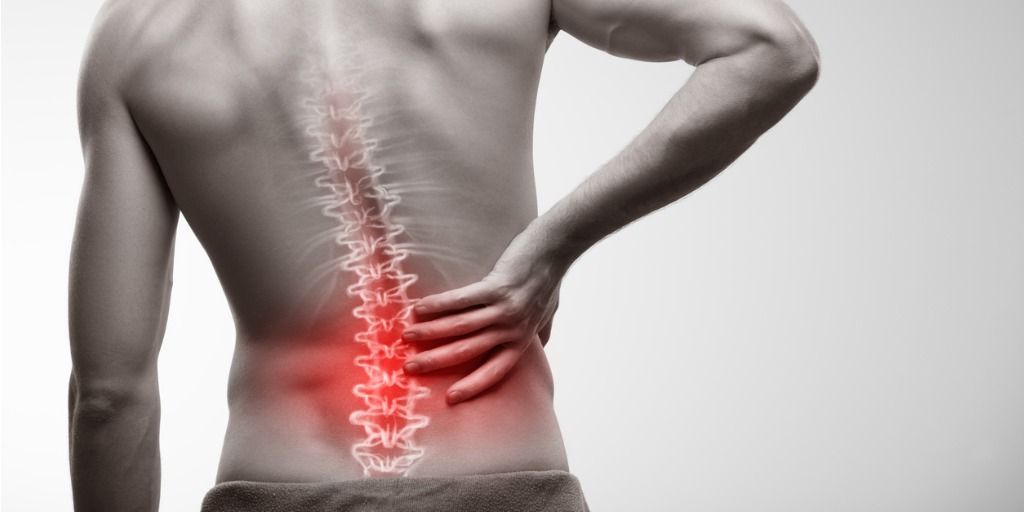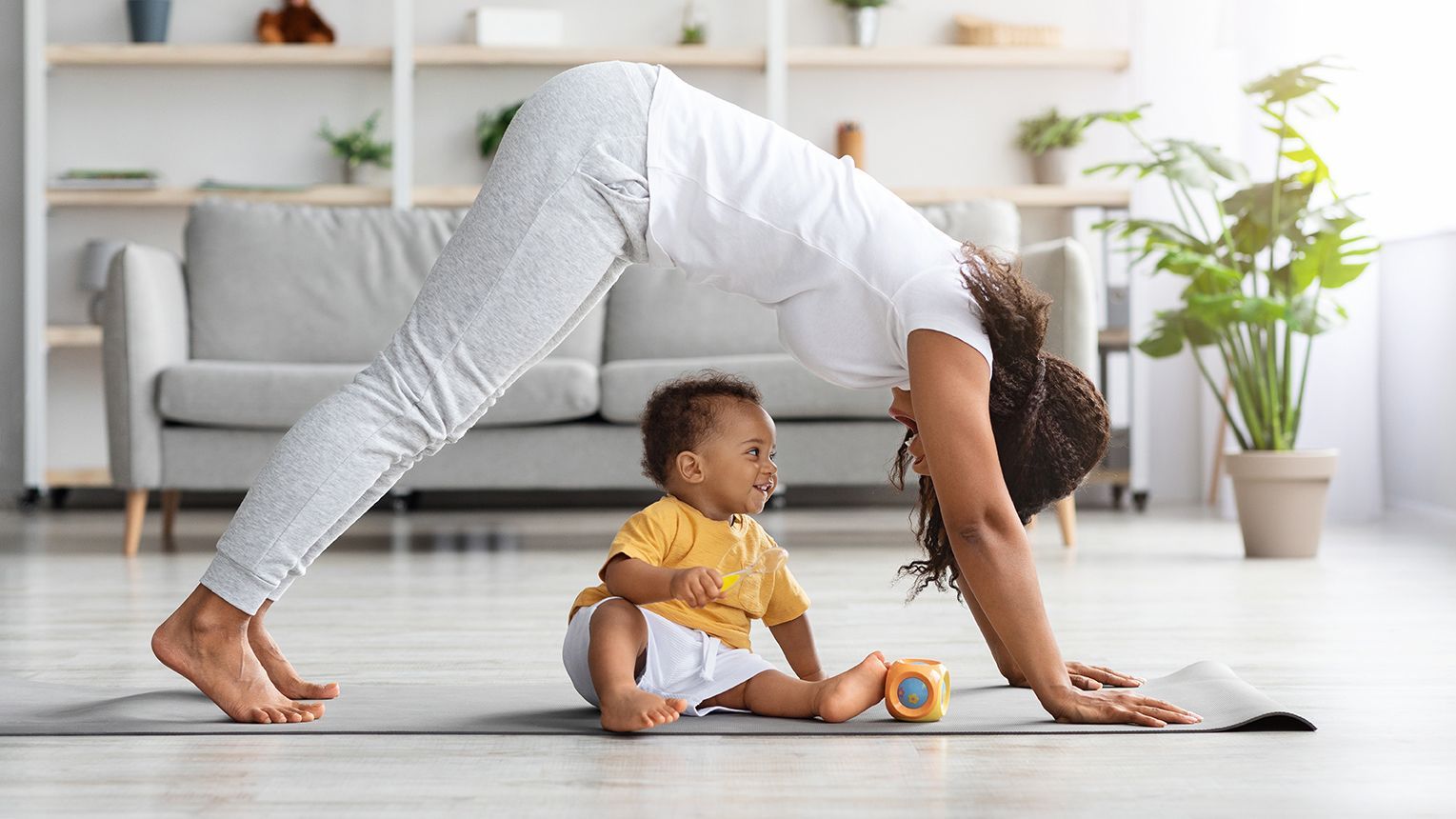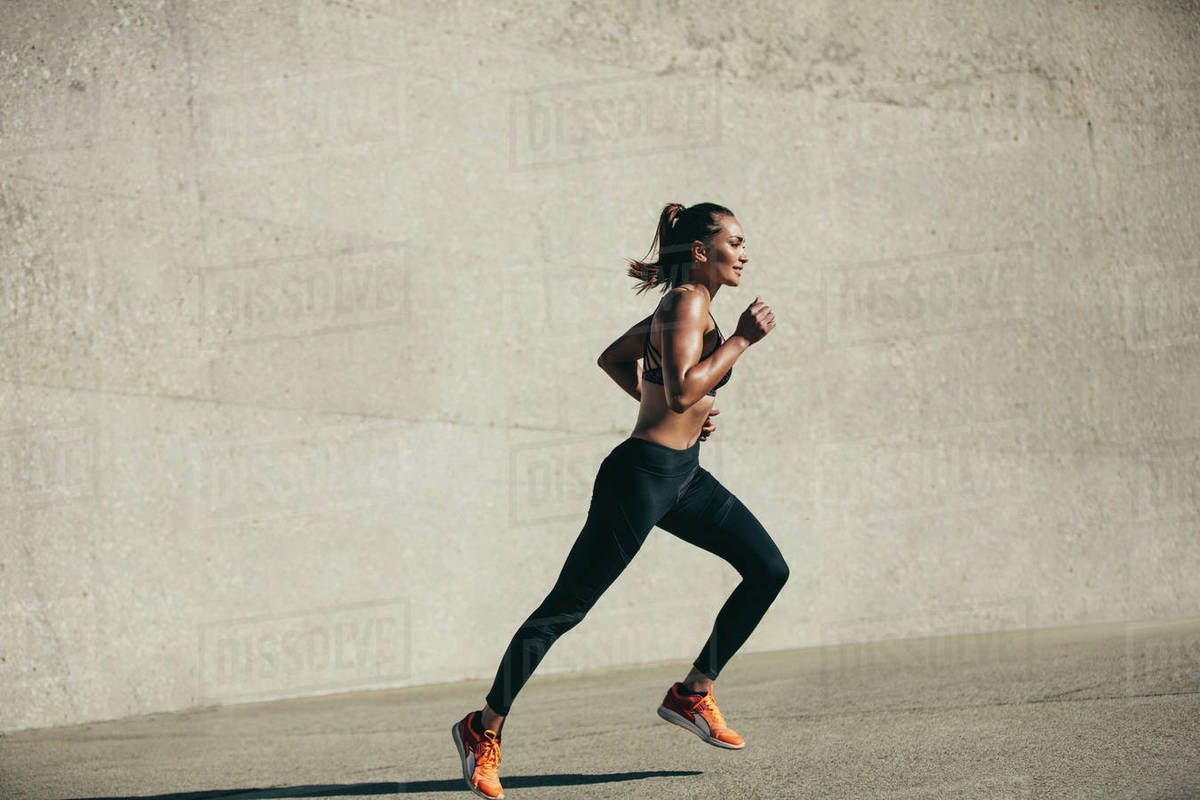Exercise and Pregnancy Part 2: The ‘What’ and ‘How’
We know that physical activity both during pregnancy and post pregnancy is both safe and beneficial in various ways, but what sort of exercise is recommended and how much is needed to acquire those positive benefits?
Firstly, it’s important to note that prior to undertaking any exercise, women should consult with a medical practitioner to discuss any medical concerns regarding exercise.
Women with uncomplicated pregnancies are encouraged to maintain or initiate exercise before, during and after their pregnancy – working towards achieving 20 to 30mins of moderate-intensity activity per day on most or all days of the week (150 minutes per week). Activities which utilise large muscle groups, such as walking, swimming, stationary cycling or low-impact aerobics are recommended. Resistance training can be undertaken twice per week and should include all major muscle groups with light resistance. Pelvic floor exercises are also recommended.
Women who were regularly active at higher intensity exercise such as running, jogging, aerobics or strength training prior to pregnancy may continue to exercise at these higher intensities whilst it is comfortable to do so. Women who were more sedentary prior to pregnancy should commence slowly and gradually aim to increase their exercise tolerance.
A few handy tips:
- Contact sports or activities where there is a high risk of falling, should be avoided.
- Adapt exercise sessions to suit your changing body
- Use a heart-rate monitor to assist you in tracking your intensity.
- Keep well hydrated and avoid overheating during exercise.
- Ensure correct breathing techniques – exhale on effort when performing resistance exercises
- Wear comfortable clothing, which allows unrestricted movement & supports the chest & abdomen.
- Exercise must be symptom free, don’t ignore warning signs (cramping; light headedness; excessive nausea; extreme headaches; vaginal bleeding) Consult your medical practitioner promptly .
For more information on how to get started with a tailored exercise program, contact the Absolute Balance team on info@absolutebalance.com.au or visit our website www.absolutebalance.com.au for more information.
Bianca Dobrich |B.Sc. Human Movement, Grad Dip. Exercise Rehabilitation
Exercise Consultant – Accredited Exercise Physiologist (AEP) (ESSAM)
P 9244 5580 – F 92445582
References:
- SMA Position Statement Exercise in Pregnancy and the Postpartum Period. Sports Medicine Australia (2016). Retrieved from http://sma.org.au/wp-content/uploads/2016/09/SMA-Position-Statement-Exercise-Pregnancy.pdf
- Physical activity and exercise during pregnancy and the postpartum period. Committee Opinion No. 650. American College of Obstetricians and Gynecologists. Obstetrics Gynecology 2015;126:e135–42.
- American College of Sports Medicine. ACSM’s guidelines for exercise testing and prescription. 9th ed. Philadelphia (PA): Wolters Kluwer/Lippincott Williams & Wilkins; 2014.





